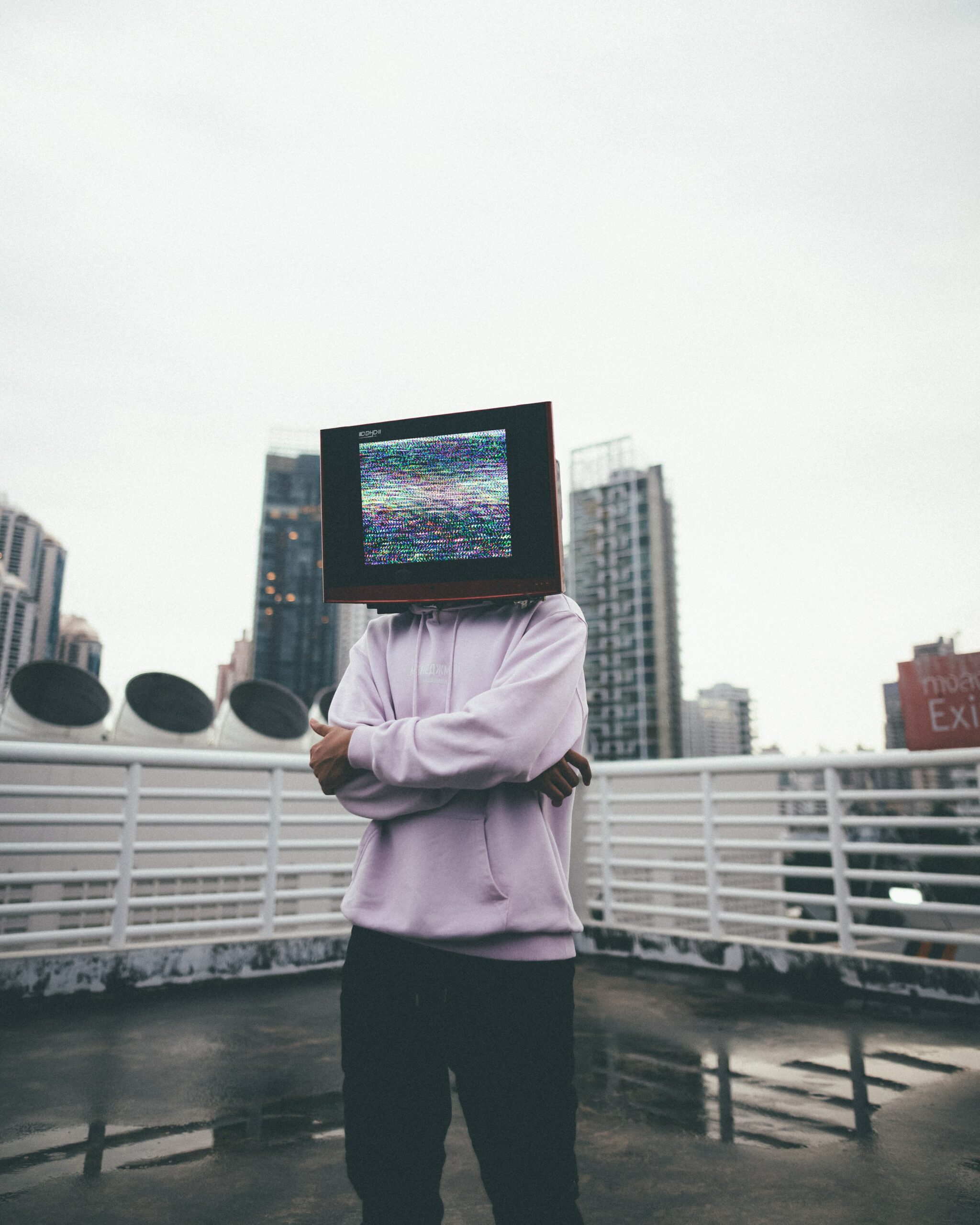Hey you!
The twittosphere loves to debate, to argue, to react to different news. But are these debates totally free or are the dice loaded in advance? A recent study was published on the subject, and the results are very interesting. Passion Media explains the subject to you!
Does the common public space still exist?
The subject had a very large echo at the time of the release of the Netflix documentary “The Social Dilemma”. We could see managers of the company explaining the design of the algorithm and the way to orient the contents of our news feed according to our preferences and sensitivities. In other words? The comfort of seeing things we are likely to like, the disadvantage of locking ourselves into our way of thinking without opening ourselves up to other subjects. This is a concept that is more and more evoked, especially when the subject of conspiracy is evoked. And this brings us to the heart of the matter: the common public space. In concrete terms, what is it? A place of exchange on which one can discover information, with various sources and opinions, in order to form one’s own opinion. The media outlet Libération recently joined forces with the Médialab of Sciences-Po to analyze the media field in France and its influence on conversations on social networks and thus more broadly on this famous common public space. This time they looked at the reactions on Twitter in response to an event. And the lessons are very interesting.
The example of the Mélenchon interview on France Inter
To put it in context, Jean-Luc Mélenchon spoke on France Inter on June 6th. On this occasion he said: “You will see that in the last week of the presidential campaign, we will have a serious incident or a murder. It was Merah in 2012, it was the attack last week on the Champs Elysees, before we had Grandpa Voise, which no one has ever heard of after. All this is written in advance”. At the time, nobody reacted on the set, but very quickly the web went crazy. Would it be a conspiracy theory? Internet users are debating. The sociologist Benjamin Ooghe-Tabanou analyzes all the reactions to understand the main features that emerge.
Two main lessons on the subject
- The reactions are divided into two groups: Mélenchon’s followers (potential supporters of La France Insoumise) and those of Marine le Pen (supporters of the Rassemblement National)
- A lot of mutual retweets, from each discussion group. In other words, it joins this idea that social networks show only a part of the information, filtered so that you see people who already share your opinion, your convictions. What the study shows is that this phenomenon can potentially distort your vision of reality.
The role of the media in this common public space
We can see that media such as BFM TV or Quotidien have a big part to play in the subject. Their programs and contents have been widely shared by the two communities mentioned above. This shows that conversations on social networks can still be largely influenced by them, we even talk about a hierarchical public space. In other words? They have more weight than an ordinary Internet user and their words are thus highlighted by the platform. They are thus more widely shared, valued, and it is an infinite loop. In the same logic, some personalities (politicians, columnists, institutions, editorialists) also have a place of size. We see for example Eric Zemmour, Florian Filipot, Bernard Henry Levi, Caroline Fourest, François, Jolivet and many others.
Ps: You like the subject? The series of novels “Le Crépuscule des Fauves” by Marc Levy should please you. He evokes this subject through a fascinating novel and a thrilling investigation. The summary of the novel ? “A handful of powerful people attacking our freedoms”.
)

